Traveling with my 80-year-old mother: 8 days of roaming Nanjing-Yangzhou-Wuxi
Summer is here, and our three sisters and my mother are on a vacation together. Considering that although my mother is in good health and high spirits, she is after all in her eighties, the destination we chose was the Jiangnan area where there was no need to climb hard, close distance and convenient transportation: Nanjing-Yangzhou-Wuxi; transportation: High-speed rail.
Day1: Take the high-speed train to Nanjing and travel the Qinhuai River at night

First stop: Nanjing
The hotel booked by Ctrip was in Xinjiekou. After checking in, we put down our luggage and took a taxi to Confucius Temple. Nanjing Confucius Temple is a famous open 4A-level tourist attraction in China and a characteristic landscape area in the ancient capital of Nanjing.
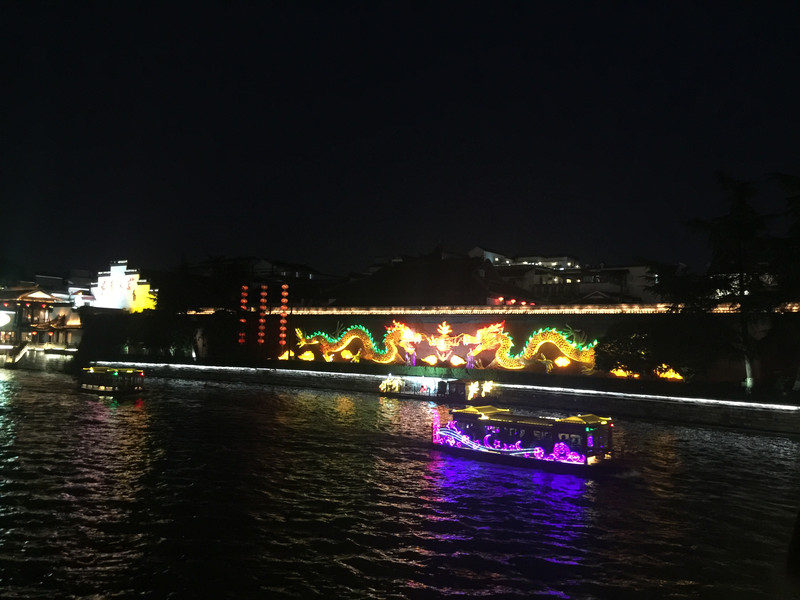
I found a snack bar for dinner, and ate various snacks such as duck blood vermicelli soup, dried shredded Kaiyang, and red bean Lantern Festival. Then I bought a ticket and took a boat to travel the Qinhuai River at night.
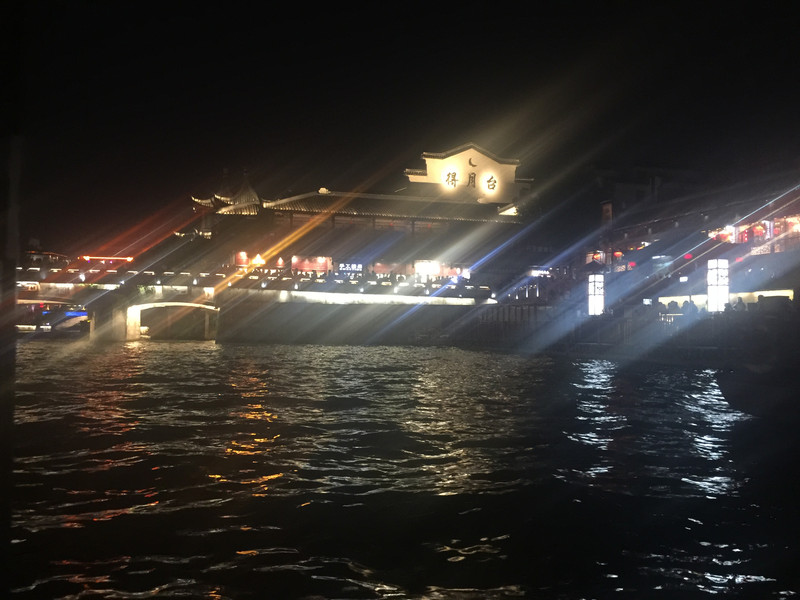
The ticket is 80 yuan per person. There are many people in line and the queue time is very long. It is like taking a boat for free.

The boat traveled for 40 to 50 minutes, listening to the radio explanation, looking at the lights and pavilions on the shore, and there were actually living "Four Young Masters" wearing ancient hand-held folding fans.

After getting off the boat, it seemed that there were more people on the road, bustling and crowded with each other.

Walking all the way to Zhanyuan, I stopped a car. Without counting the meter, I paid 30 yuan for it and returned to the hotel.

Day2: Morning, Confucius Temple Zhanyuan; afternoon, Sun Yat-sen Mausoleum
The original plan was to set off for Zhongshan Scenic Area early in the morning while it was not too hot. When I arrived in Nanjing, I learned that Sun Yat-sen Mausoleum needed to make an appointment in advance, and the morning time period in two or three days was full, so I had to make an appointment at 2:30-4:30 p.m. So, after having breakfast at the hotel, I took a taxi to the Confucius Temple. It was 11 yuan, which was the normal price. Quietly, I walked through the crowded pedestrian street last night again.








Confucius Temple was built in the Song Dynasty and is known as the Four Great Confucian Temples in China, together with Beijing Confucian Temple, Qufu Confucian Temple, and Jilin Confucian Temple. Tickets are 30 yuan per person, and people over 80 years old are free.

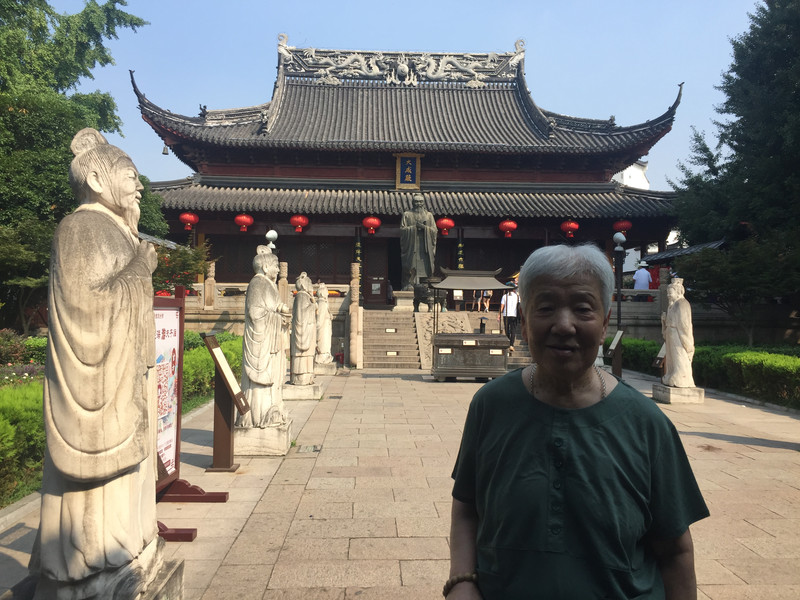




After leaving the Confucius Temple, he walked to Zhanyuan. Zhanyuan is the most well-preserved Ming Dynasty classical garden complex in Nanjing. It is also known as the Ming Palace. It was once Xu Da's mansion garden. It was named after Ouyang Xiu's poem "Looking at the Jade Hall, Like in the Sky". In the Ming Dynasty, it was called "The First Garden in Nandu". In the Qing Dynasty, it was the governor's office of Jiangnan Province and Jiangning, and during the Taiping Rebellion, it was the residence of the Eastern King Yang Xiuqing. Zhanyuan covers an area of only 8 acres, and rockery covers 3.7 acres. Zhanyuan is divided into two groups: the south rockery and the north rockery. The entire garden has an elegant and exquisite layout, including magnificent ancient buildings in the Ming and Qing Dynasties, steep rockery, the famous Taihu Lake stone in the Northern Song Dynasty, and quiet and elegant buildings and pavilions. It can be called the "First Garden in Jinling". Together with Wuxi Jichang Garden, Suzhou Humble Administrator's Garden and Lingering Garden, it is called the "Four Famous Gardens in Jiangnan". It is now a national 4A-level tourist attraction and was listed as a national key cultural relic protection unit in 2006. Tickets are 30 yuan per person, and people over 80 years old are free.


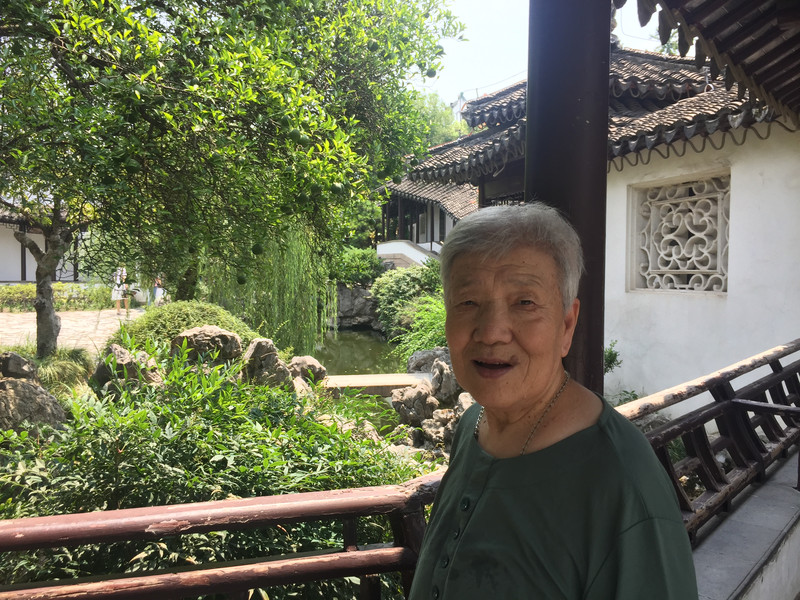




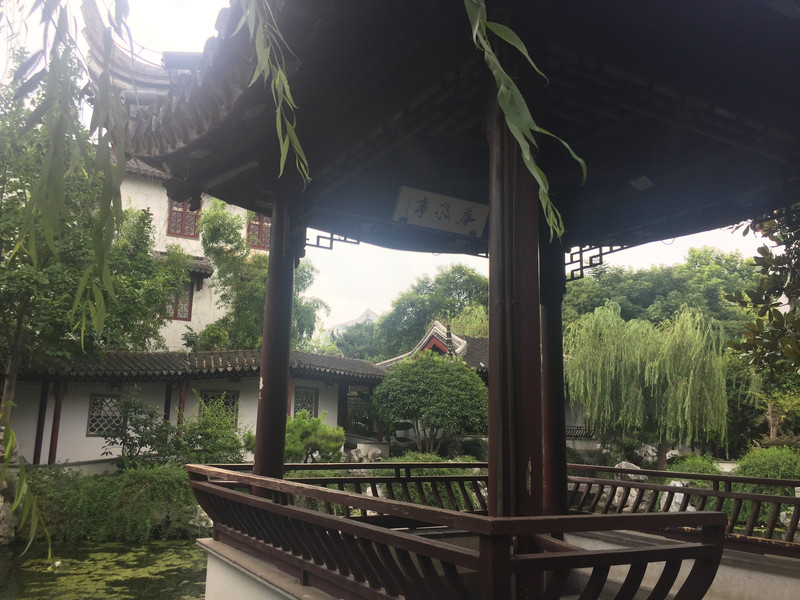





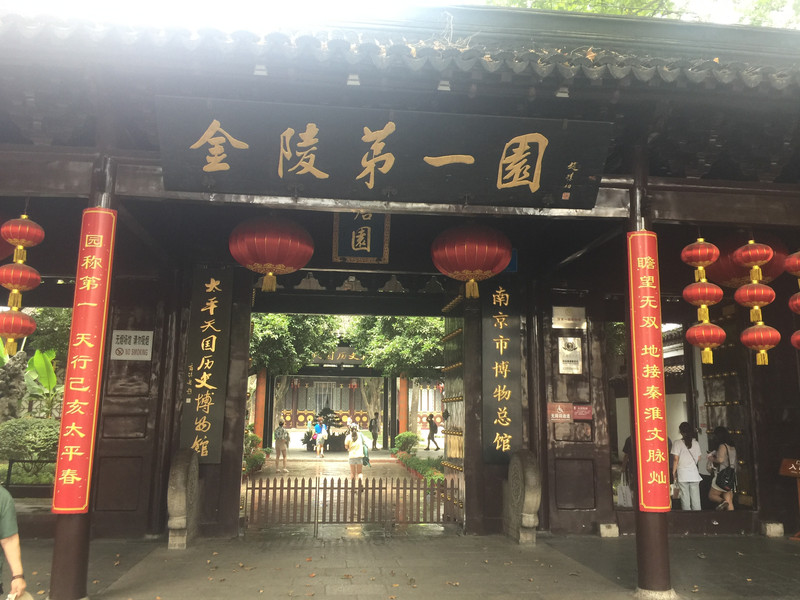

At noon, have lunch at the Zunkelai snack bar near the hotel. After lunch break, I took a taxi to Sun Yat-sen Mausoleum.

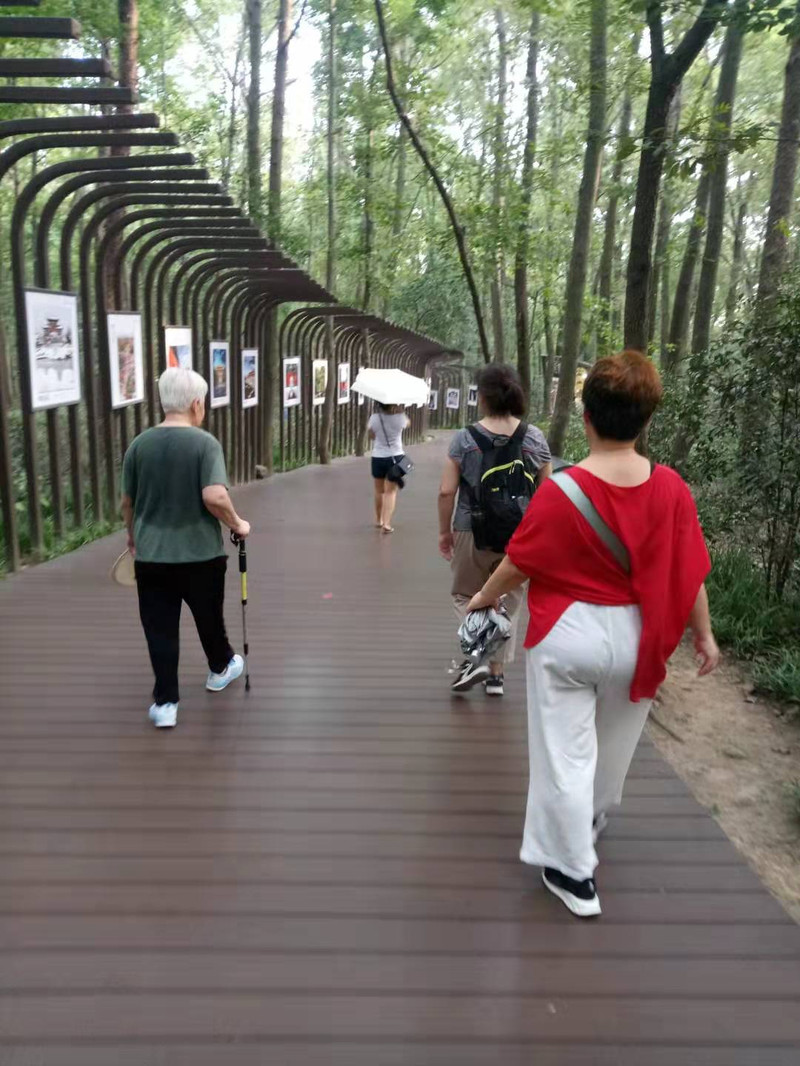

I went back to Xinjiekou area to visit the snack street and bought two bowls of Yuanxiao. Have dinner at Dong's Golden Pot Sticker Restaurant, and then return to the hotel to rest.
Day3: Jiming Temple, Xuanwu Lake
After breakfast, I took a taxi to Jiming Temple. Nanjing Jiming Temple is located at the foot of Jilong Mountain in Xuanwu District. At the beginning, the temple was named Tongtai Temple. During the reign of Emperor Wu of the Liang Dynasty in the Southern Dynasties, it became the national Buddhist center. The first temple of the "480 temples in the Southern Dynasties". During the Sui, Tang, Song and Yuan Dynasties, Tongtai Temple was renamed several times. Although the incense remained, it no longer had its former glory. After Zhu Yuanzhang, the founder of the Ming Dynasty, established the capital in Nanjing, he rebuilt the temple on the old site of Tongtai Temple, covering an area of more than 100 acres and renamed it "Jiming Temple", taking the meaning of "Chenxing Hard Work".


The new gate of Jiming Temple is located in the south and at the entrance. Admission is 10 yuan and three incense sticks are given.








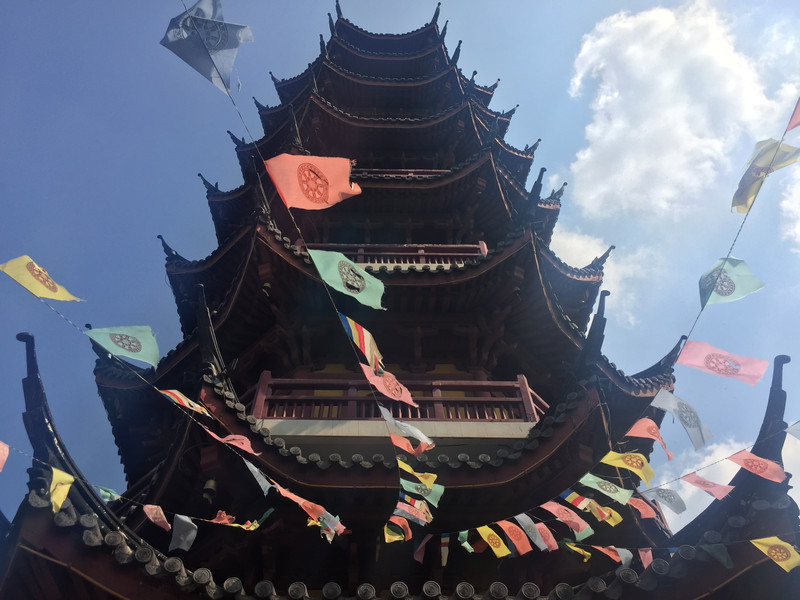


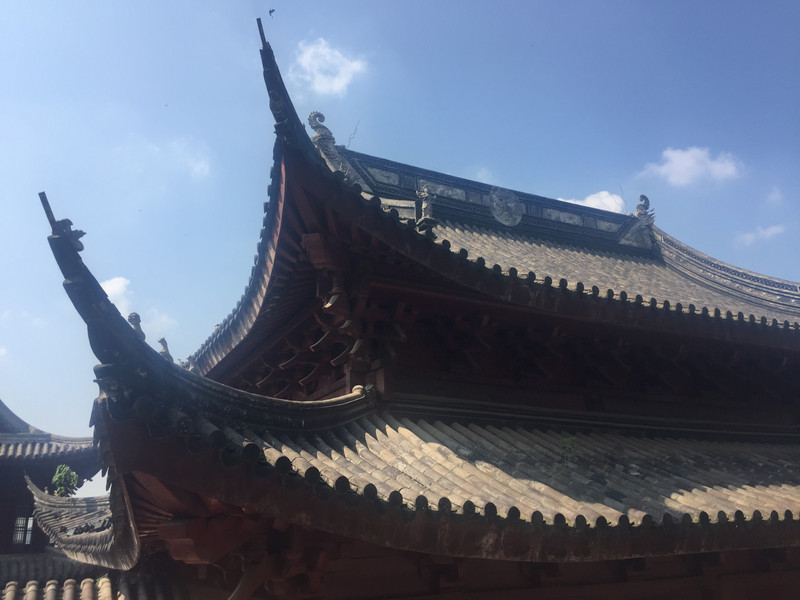




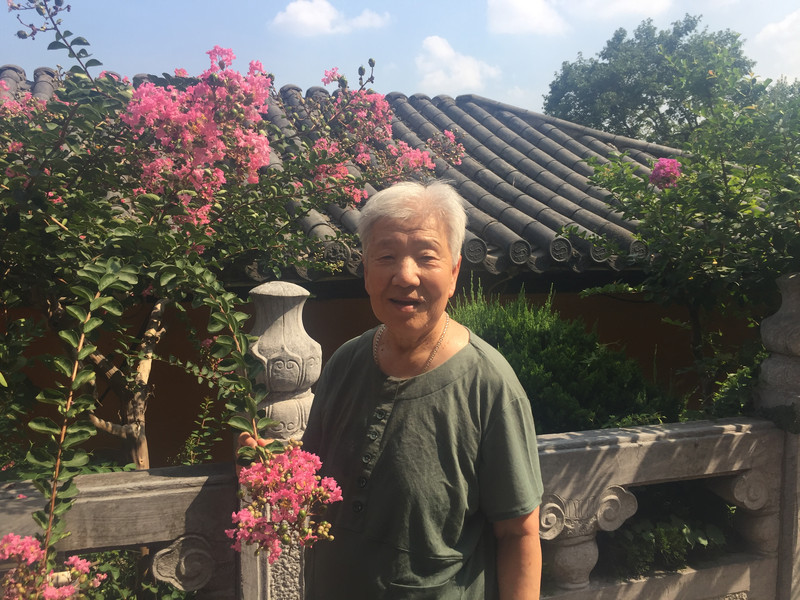

Out of Jiming Temple, into Xuanwu Lake.


Xuanwu Lake, bordering the Ming City Wall in the west, is the largest urban park in the Jiangnan area. It is also the largest royal garden lake in China and the only remaining royal garden in the Jiangnan River. It is also called the "Hou Lake" because it is located in the shade of Zijin Mountain, and because it is located in the north of the capital of the Six Dynasties. Also called the North Lake,"Xuanwu" represents the god of the north in Chinese mythology, so Xuanwu Lake is also the North Lake. Xuanwu Lake, together with Hangzhou West Lake and Jiaxing South Lake, is also known as the three famous lakes in the south of the Yangtze River. It is the lotus bloom season. Walking around the lake, under the clear water and blue sky, the breeze blowing the fragrance of lotus flowers, making people feel relaxed and relaxed.



Stop and go, do whatever you want, and have lunch at KFC at noon. Passing through a path, I saw lotus leaves connecting the sky and lotus flowers reflecting the sun. Sitting in the gazebo chatting and enjoying the scenery, I spent the day in this way.

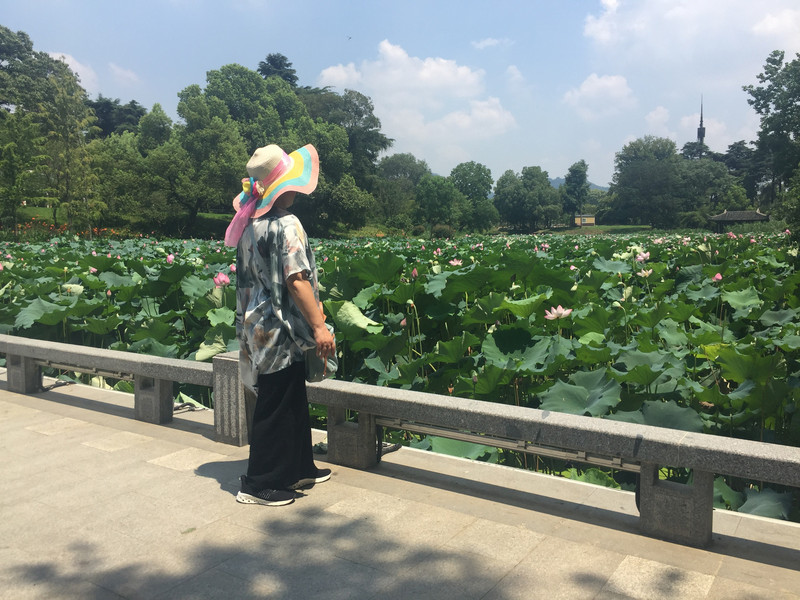



Exit the scenic area from Xuanwu Gate and take a taxi back to the hotel to rest. In the evening, have dinner at the Yiji (Pidu Noodle) Snack Bar.
Day4: Take a bus to Yangzhou, visit Geyuan, and visit Dongguan Street
After breakfast, I took a bus to the passenger bus station. The first time I used Didi to hail a taxi, I was still a little confused. There is a passenger bus from Nanjing to Yangzhou in almost an hour (50 yuan per person plus insurance), so it is convenient to buy tickets at the bus station and take the bus.
Second stop: Yangzhou
I made a reservation online at Home Inns 'Yangzhou Slender West Lake Wenchang Pavilion. It turns out that this location is very good. You can walk east or west for a few minutes to Geyuan, Dongguan Street or Slender West Lake respectively.
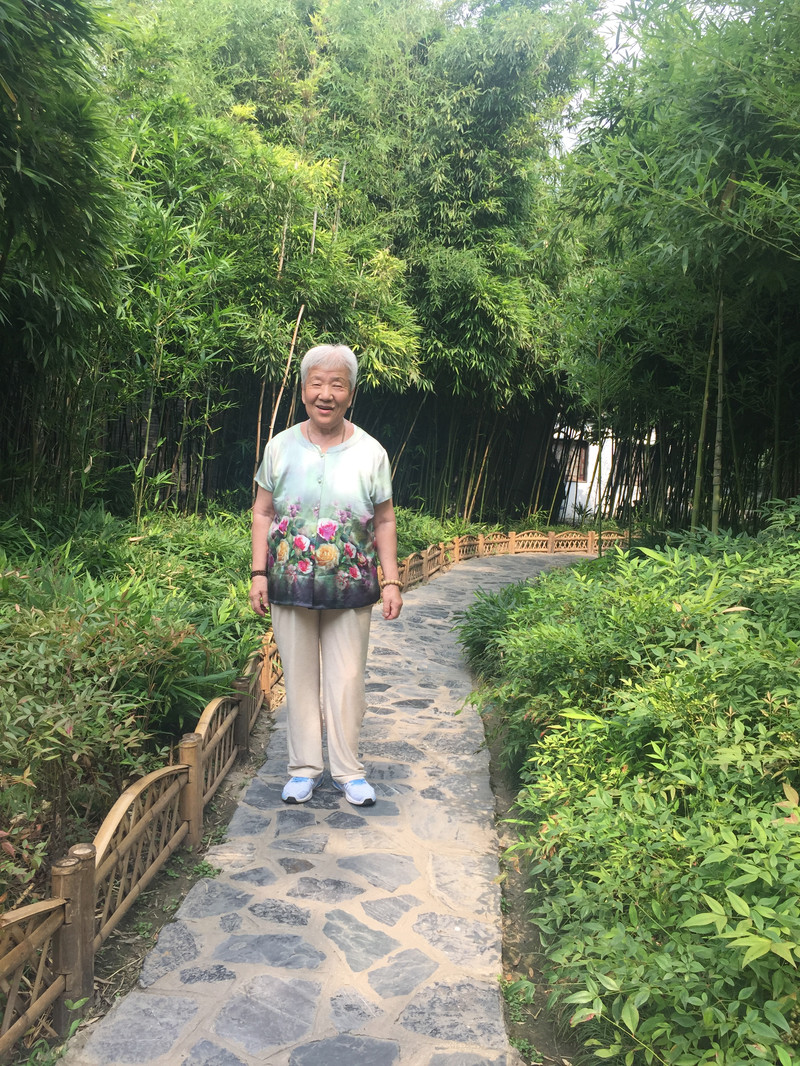
After checking into the hotel, I went to Geyuan first after resting. It is said that this place was originally a private residential garden for salt merchants, which is comparable to the Summer Palace in Beijing, Chengde Summer Resort, and Suzhou Humble Administrator's Garden, and is also known as the four famous gardens in China. In 1998, it was listed as a national key cultural relic protection unit. Tickets are 30 yuan per person and free for people over 80 years old.

Enter the park from the north gate of the scenic area and visit the "Northern Variety Bamboo Ornamental Area" first. The owner of the garden was originally Huang Zhiyun, one of the eight salt merchants in the Qing Dynasty. The name "Yun" is bamboo. The word "ge" resembles bamboo leaves, so the garden is named "Geyuan".





Taste it carefully in the central garden area. The four scenery designs here are quite ingenious.




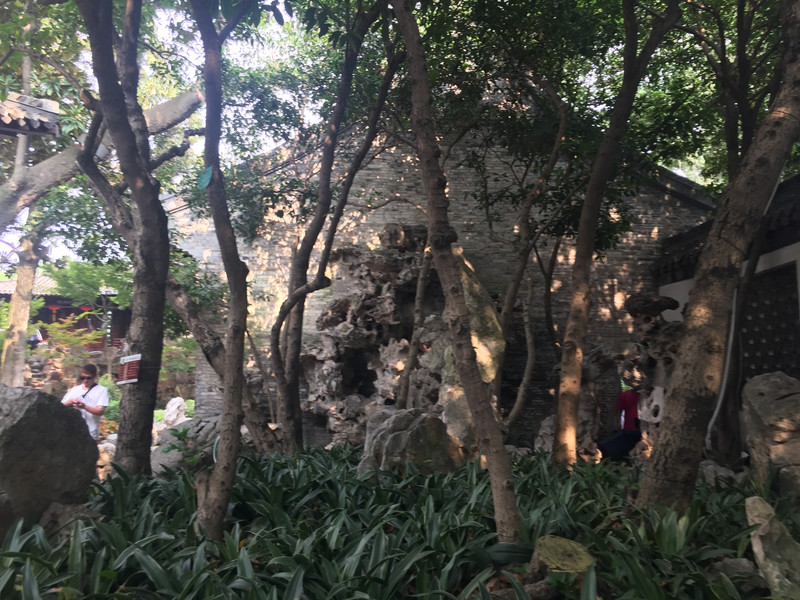










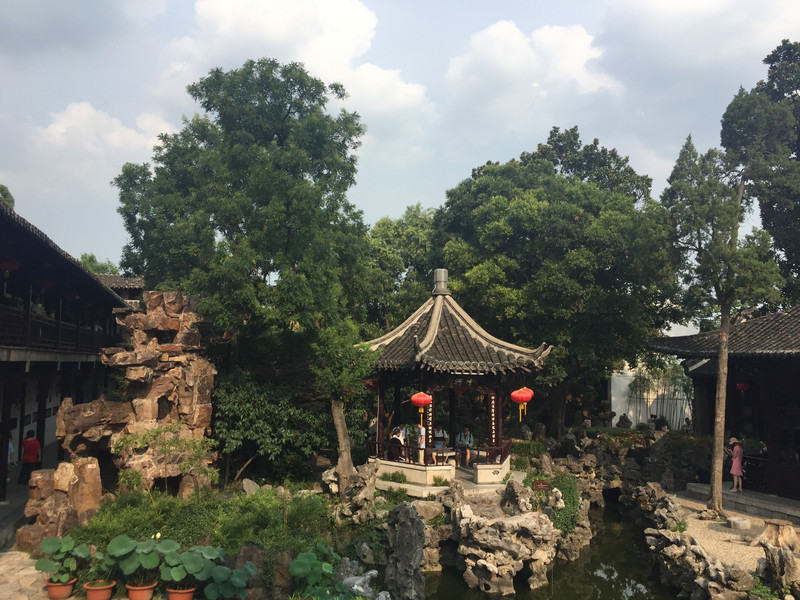







Finally, there is the southern residential area, which is divided into three roads: east, middle and west, and three roads: front, middle and rear roads. It is a traditional Jiugong grid layout.


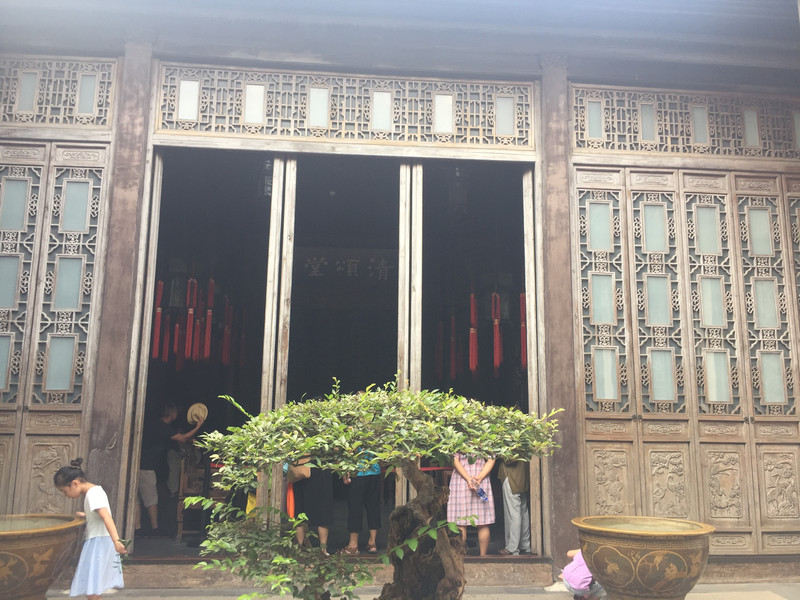
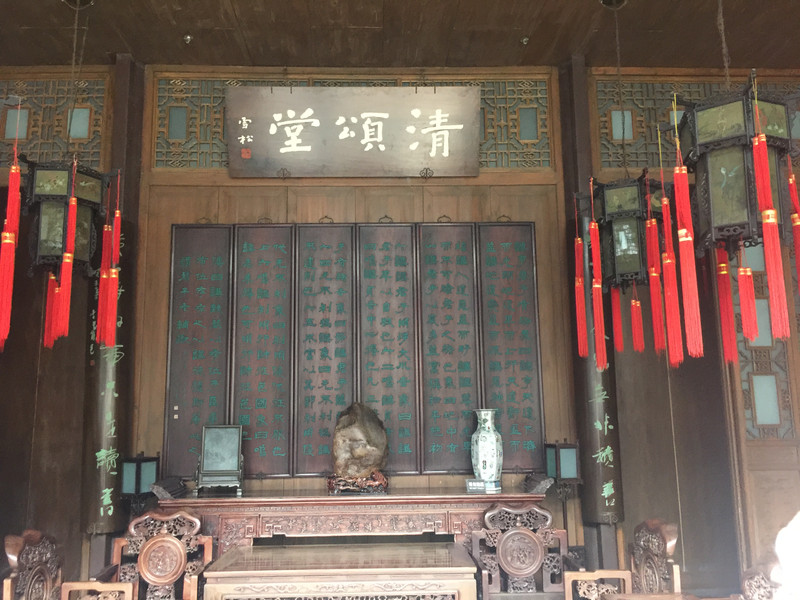
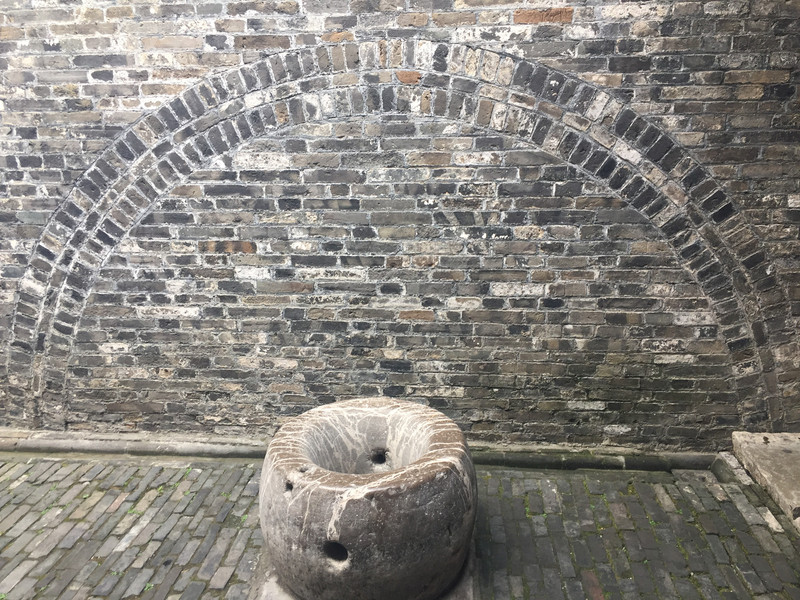



The south gate of Geyuan is Dongguan Street. There are cultural relics, time-honored shops and various snacks here.



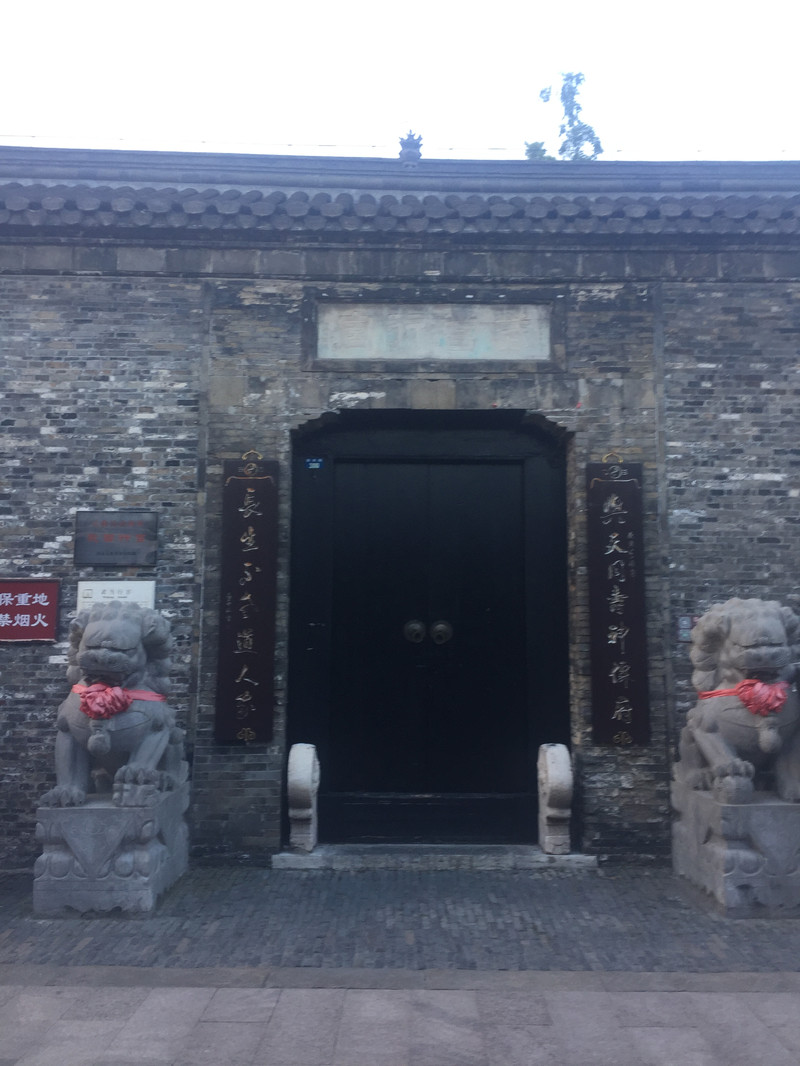





At the end of the pedestrian street is the East Gate Tower of the Song Dynasty.



As night fell, the lights in the city gate tower came on. Eating while shopping, I walked tens of thousands of steps that day and was tired. I took a taxi back to the hotel to rest. The fare was 9 yuan.
Day5: Slender West Lake, night tour Dongguan
When I went out for a walk alone, I found that there were many places to see around the hotel. Let's call them niche attractions. However, it is a pity that Wenchang Pavilion was enclosed and repaired.





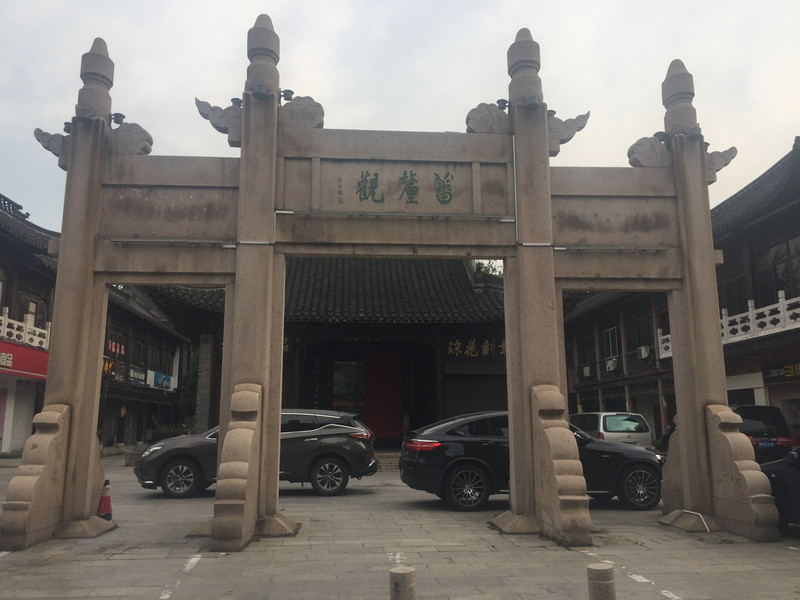


He grew up on the bank of the Grand Canal and near the Jiefang Bridge, so he has a special feeling for the bridges and rivers here.
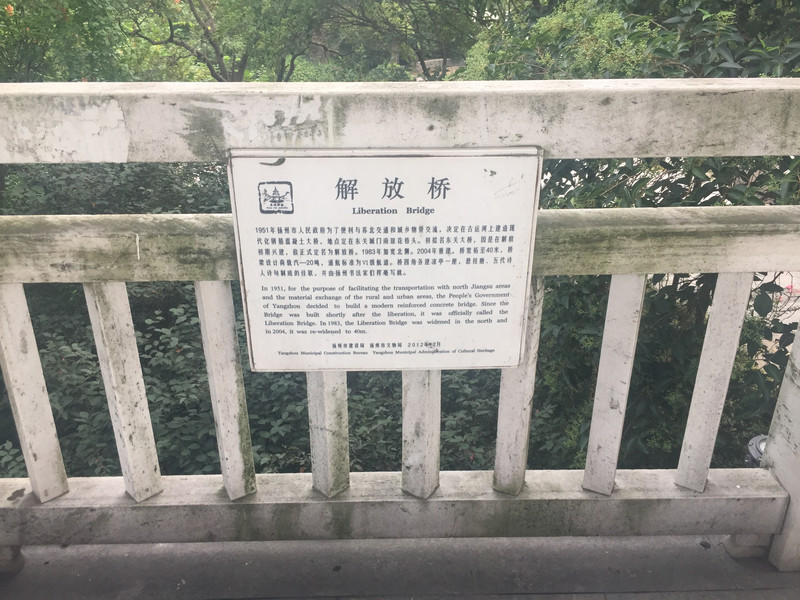
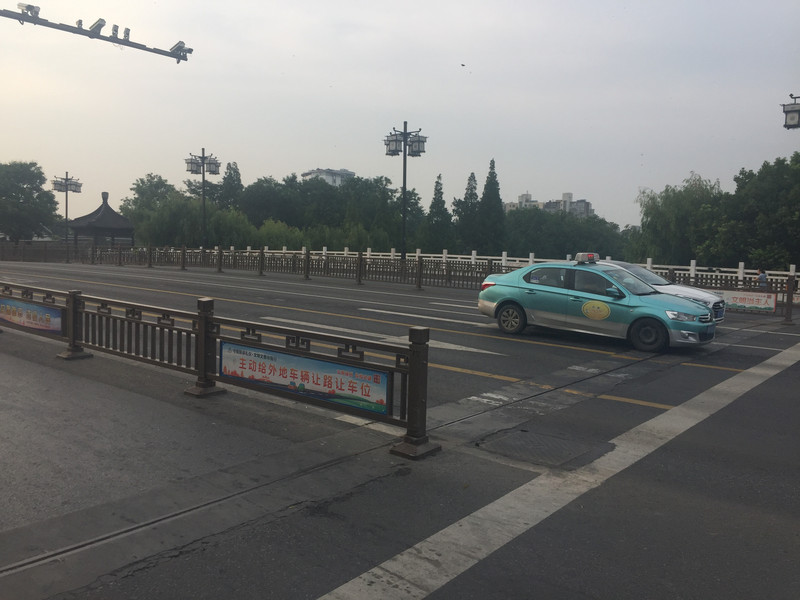




We arrived at the taxi place last night and walked back from the pedestrian street.


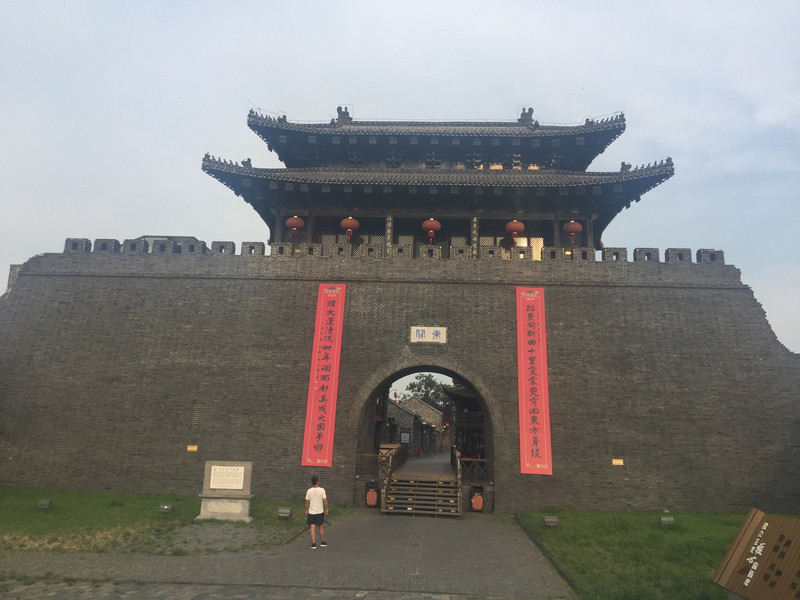



Walking to the hotel, it was just seven o'clock and starting breakfast. After dinner, follow the mobile navigation to walk in the direction of Slender West Lake.

Yangzhou people are very enthusiastic. Before we ask, passers-by take the initiative to tell us how to get to Slender West Lake. There was also an old man in his nineties with a bright face. He first chatted with his mother and said,"Everything is fake. Having a good health is the most important thing," and then recommended the roadside street park to us.

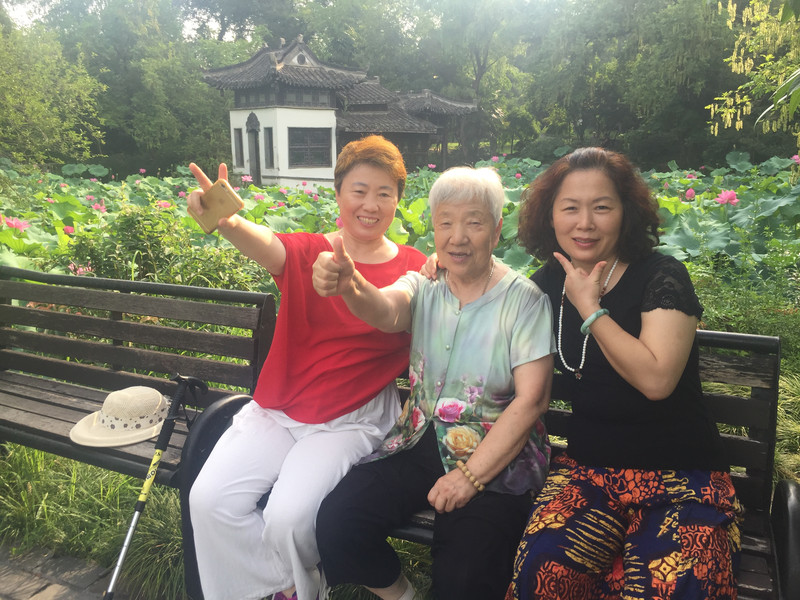
After swimming in the lotus pond, cross the road and get on the bridge. The entrance of Slender West Lake is in the right direction. Tickets are 60 yuan per person and free for people over 80 years old.

The Slender West Lake Scenic Area is graceful and tortuous, with "flowers and willows on both sides of the river, all the way to the mountains", with a tourist area of 2.5 square kilometers. In 1988, it was listed by the State Council as a "National Key Scenic Area with Important Historical and Cultural Heritage and Yangzhou Garden Characteristics". In 2010, it was awarded the national 5A tourist attraction. In 2014, it was included in the World Cultural Heritage List.
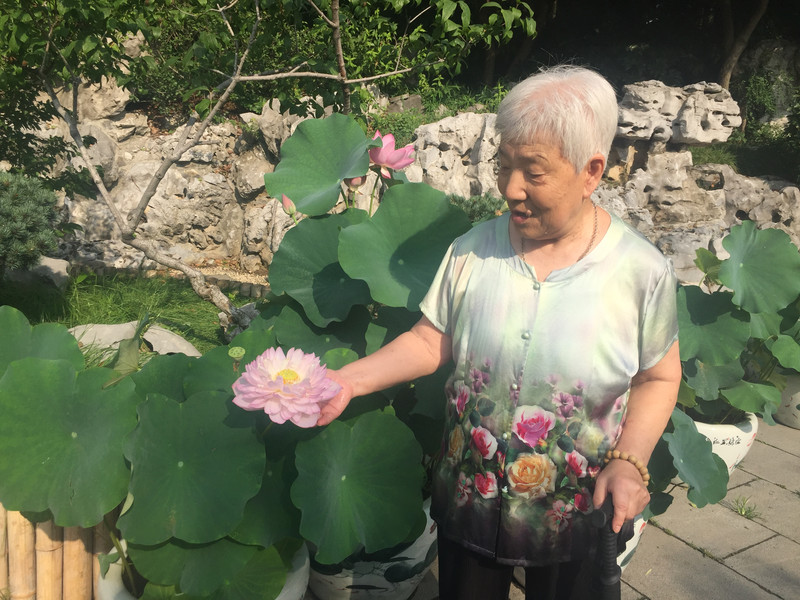
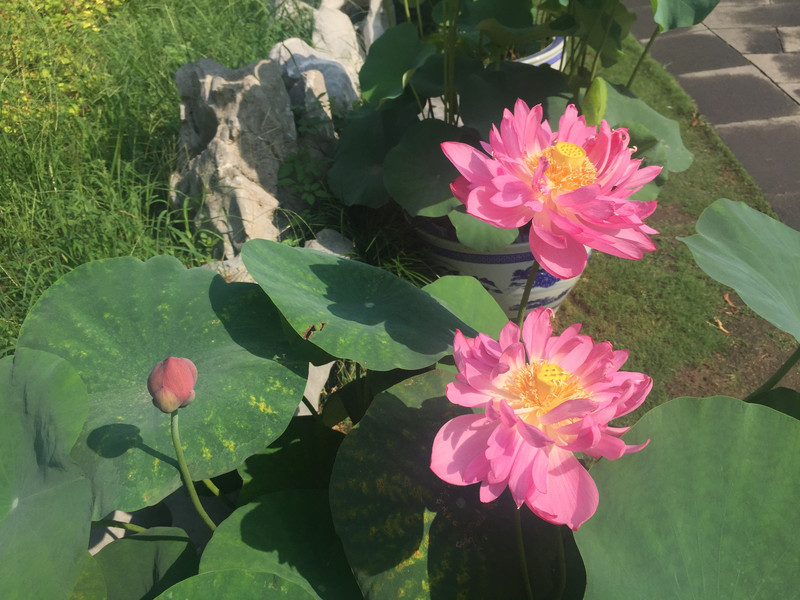









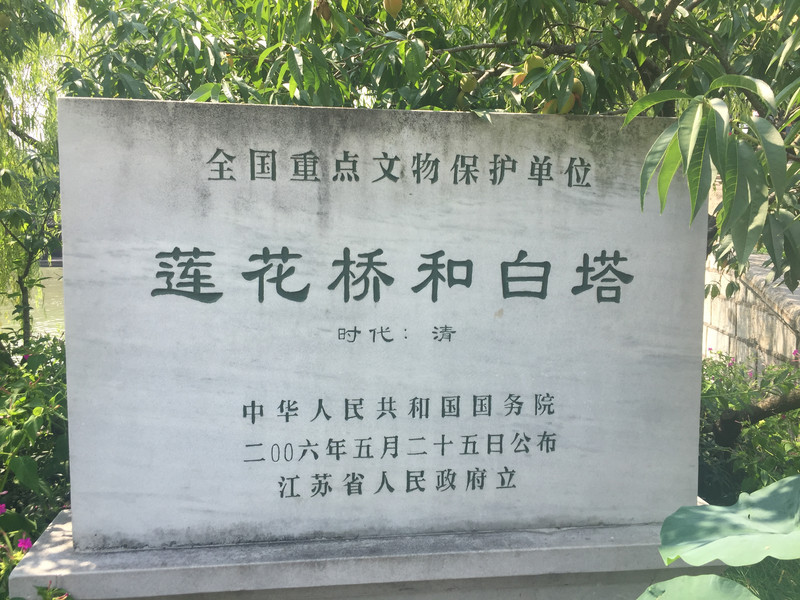














Strolled through the scenic area at our own pace, walked somewhere to rest for a while, drank sour plum soup, and ate the Huangqiao sesame seed cakes we bought on Dongguan Street the night before. Strolling out of the north gate of the scenic area, got a car, and returned to the hotel to rest.
In the evening, visit the pedestrian street again and taste snacks in several places such as Jiangjiaqiao and Juxiangzhai.



After watching the night view of the canal, I took a taxi back to the hotel to rest.
Day6: Take a bus to Wuxi and visit Huishan Ancient Town
I got up early and went out to buy breakfast for everyone, including three buns, small wontons, etc., but after walking around for two or three times, I still couldn't buy any vegetables and pancakes.




After breakfast, I took a taxi to Yangzhou West Railway Station, where the bus station is connected to the train station. This reminds me of Shanghai, but Yangzhou has a sense of intimacy as a small city. Just like when I came here, there is a passenger bus from Yangzhou to Wuxi almost an hour away. Buying tickets (plus insurance) at the station is 72 yuan per person.
Third stop: Wuxi
The hotel booked by Ctrip was Jiangnan University Branch of Jinjiang Inn. I thought it would be close to Yuantouzhu Scenic Area. I didn't expect that the city would be relatively big and the place where I stayed was a bit out of the way. It would cost more than 50 yuan to get a smooth taxi from the bus station to the hotel. Check into the hotel and use your mobile phone to find catering and scenic spot information while resting. In the afternoon, I took a bus to Huishan Ancient Town, because there were not only ancestral halls, but also snacks such as shortcakes and tofu pudding.

Huishan Ancient Town is the only neighborhood in Wuxi with well-preserved old neighborhoods. There are more than 100 relatively complete ancient ancestral halls and sites. In 2006, it was approved by the State Council and announced as a national key cultural relic protection unit. In 2011, Huishan Ancient Street was rated as a Famous Historical and Cultural Street in China, including the north-south transverse street and the east-west straight street (Xiuzhang Street). The northern end of the transverse street is a ticketing point, and entry into the ancient town is free.



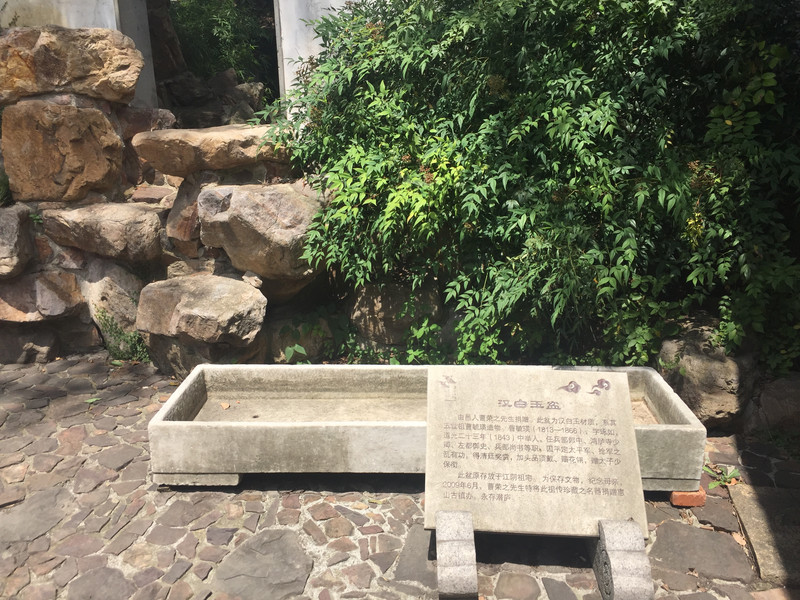








The ancestral halls are mainly concentrated along the Longtou River and on Zhijie. The shape of the buildings is mainly the hard mountain style of residential buildings in the south of the Yangtze River. There are also some higher-shaped Xieshan-style halls with brick-and-wood structures. The age of ancestral hall buildings is mainly from the Ming, Qing and Republic of China.





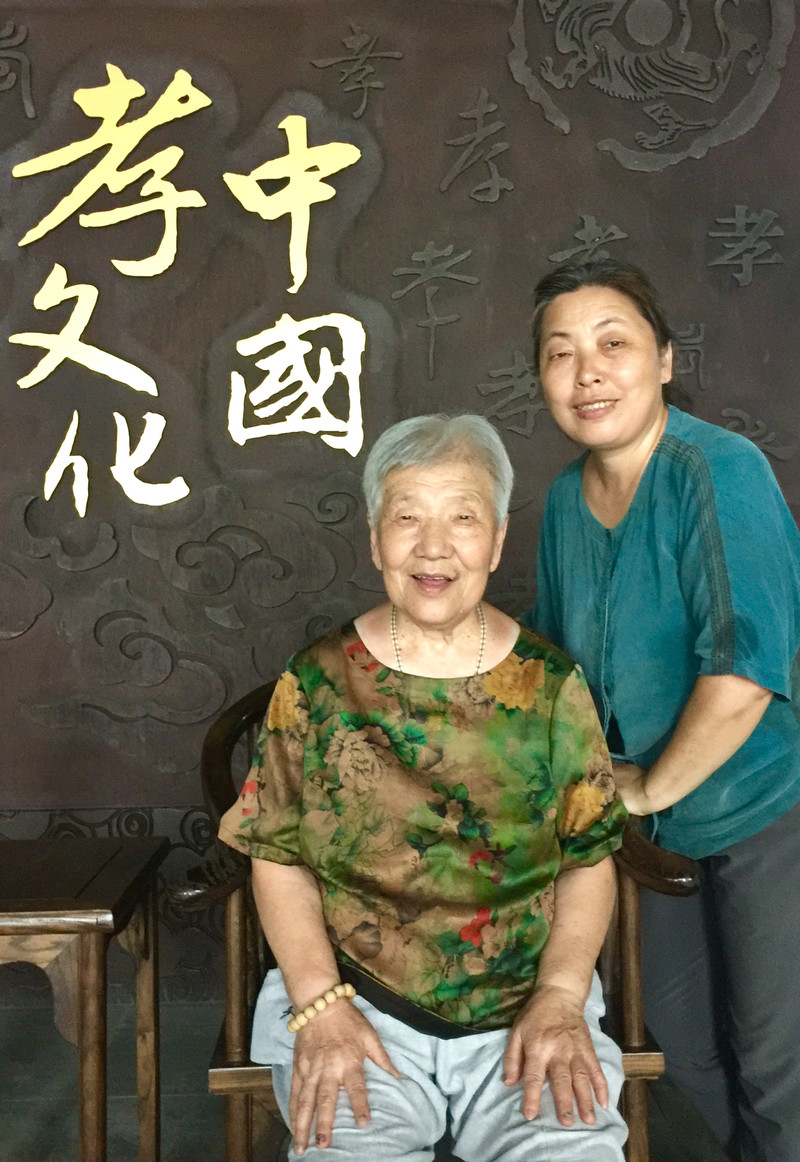







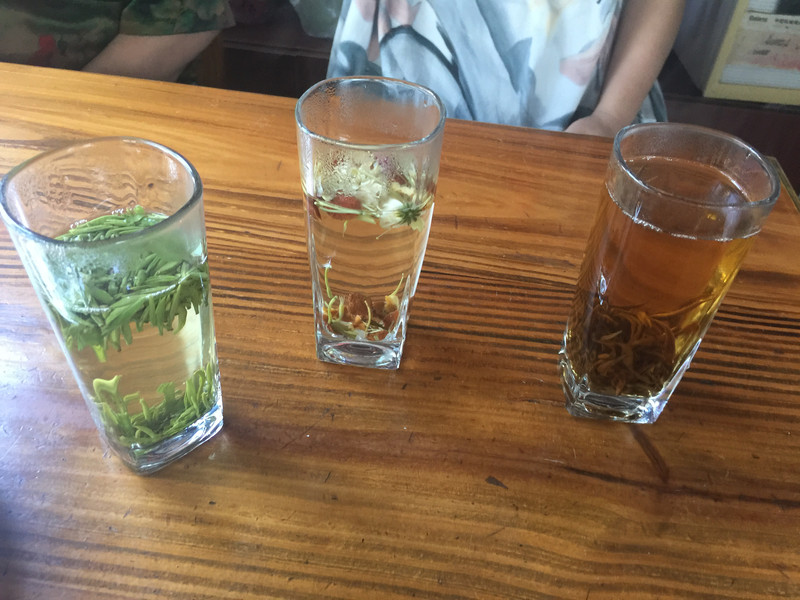




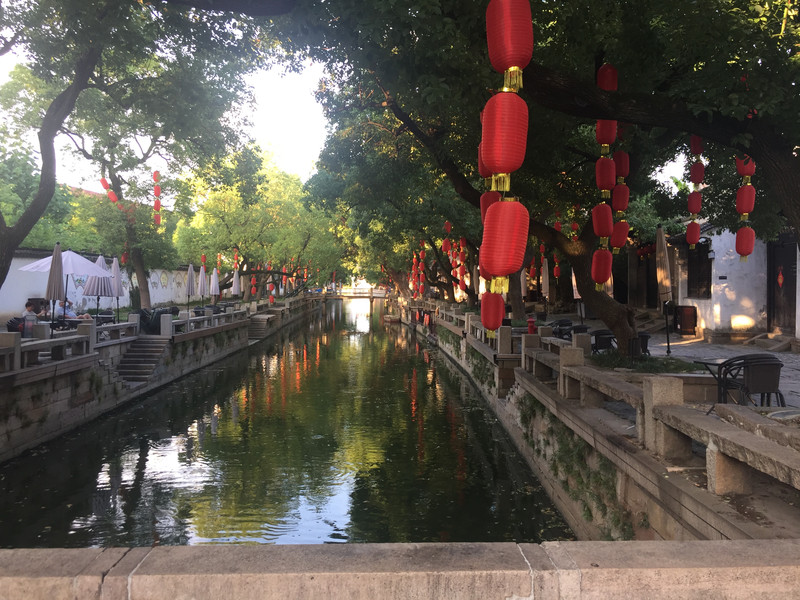
The crispy rice here is very delicious. I originally planned to buy some to take away, but I didn't expect that the shops would close after finishing my tea.
I took a taxi back to the hotel and had dinner at the Zhouji pot stickers downstairs. The beef soup here tasted okay.
Day7: Changguang River Wetland, Yuantouzhu, visiting Nanchang Street
He walked to the wetland early, then walked through Jiangnan University, and bought breakfast for everyone in the third canteen.






After breakfast, I went downstairs and took a car to Yuantouzhu. The driver was a little unhappy and said that he had accidentally been assigned a ticket. Most likely out of ten, he went there when the scenic area first opened and had to return empty. I joked with him that you would do good deeds if you were not careful. Good people would definitely get rewarded. He said yes, hoping to take an order when he arrives at the scenic spot. Arriving at the ticket office, my fare was 21.4 yuan, which was the shortest travel mileage in the city. The driver also accepted the order as he wished and beamed with a smile.
"Turtle" is an animal shaped like a turtle, and "Zhu" refers to a small land with three sides facing water. It is named "Yuantouzhu" because it looks like a turtle head. Tickets are 90 yuan (including car and boat tickets in the scenic area). People over the age of 80 enter the park for free, but they need to pay to buy tickets when traveling or by boat. Entering the scenic spot, we walked by the lake first and arrived at the bus stop. I spent 5 yuan to buy a ticket for my free mother and got on the bus together.

The place to get off is near the boat terminal. Go to the ticket office and buy another ticket for 10 yuan, and queue up to take a boat to Taihu Fairy Island. Taihu Fairy Island, commonly known as Turtle Mountain, is 2.6 kilometers away from Yuantouzhu.





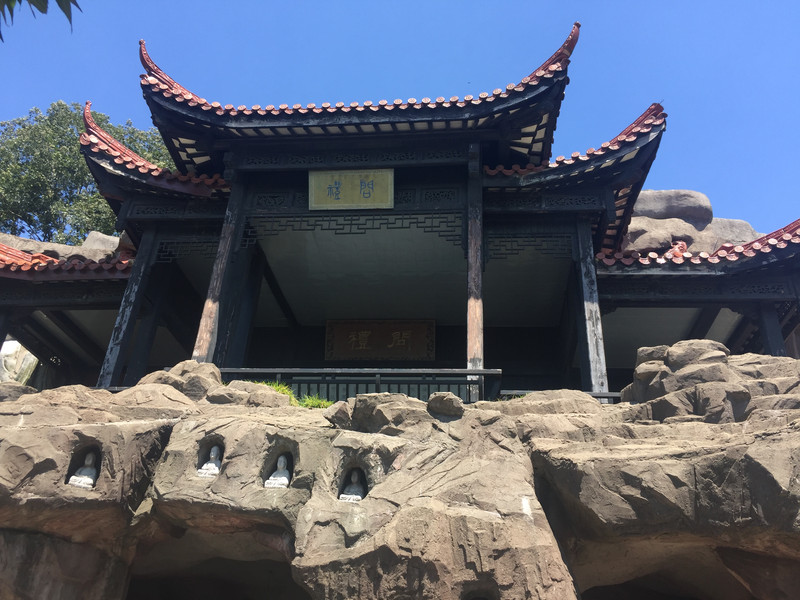
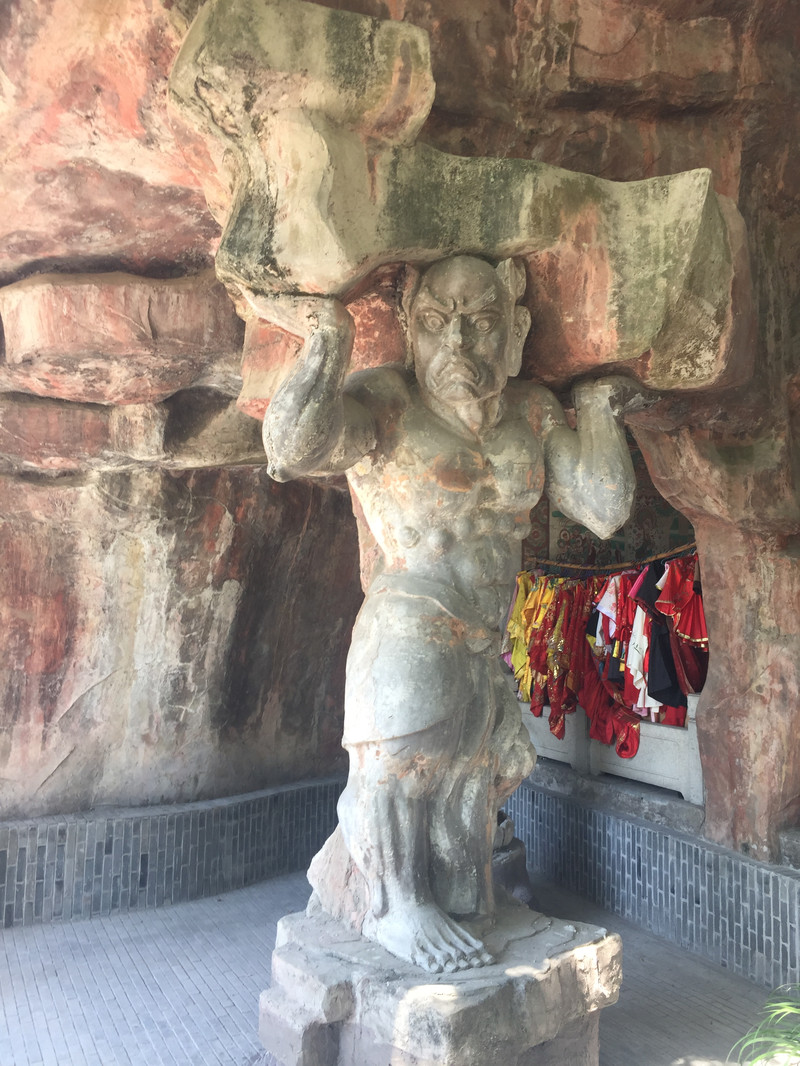





After coming down, buy snacks here and rest.

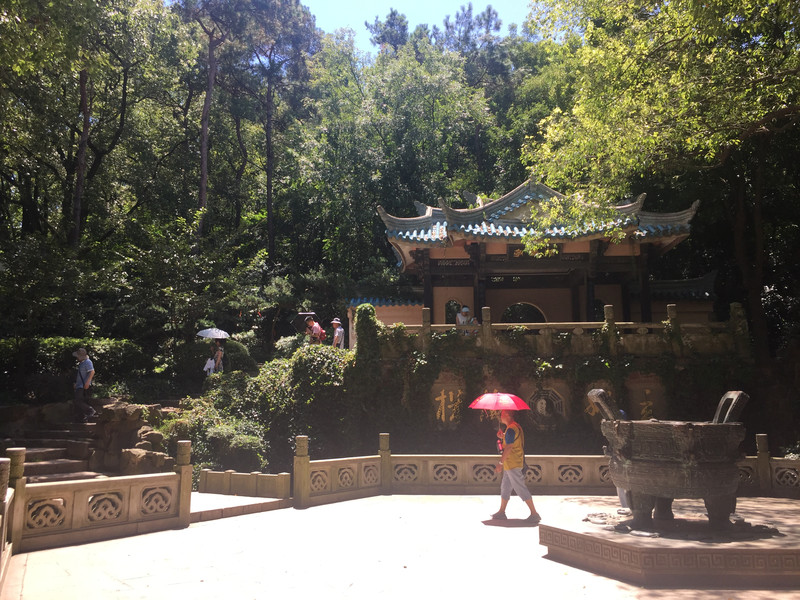
Leave Xiandao by boat and continue to tour several other scenic spots.




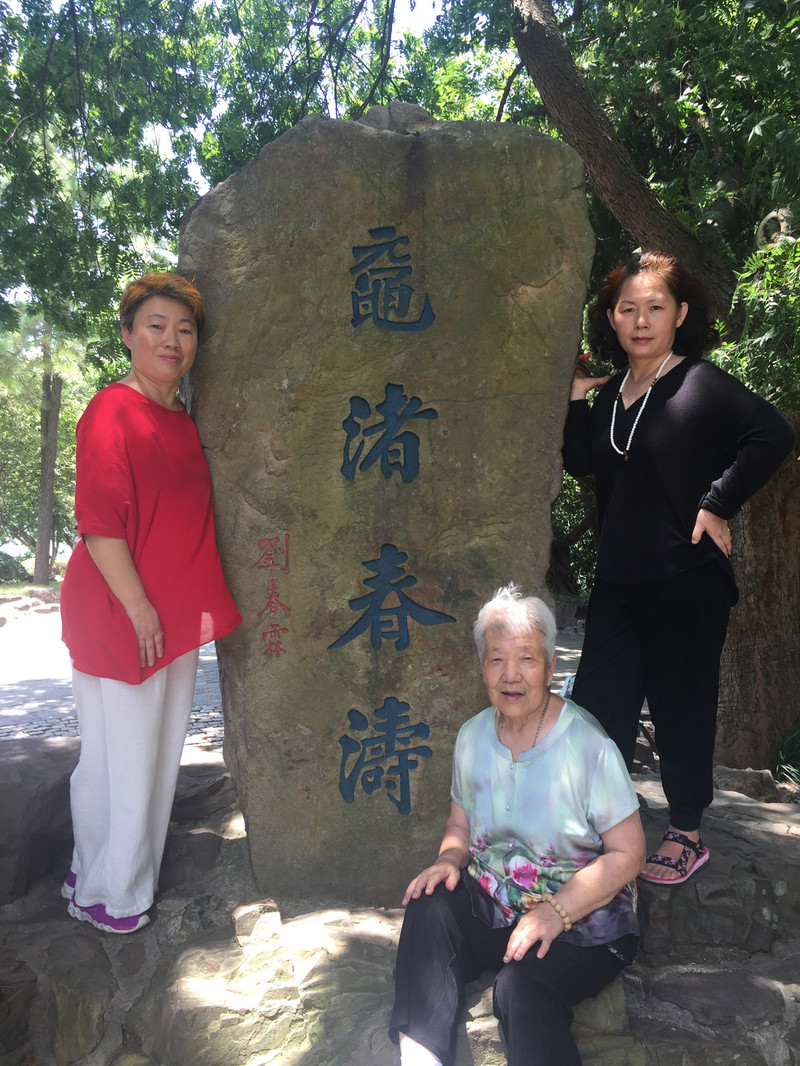

Have lunch at Guangfu Temple, eat vegetarian noodles, scrambled eggs with bean skin, and family portraits.


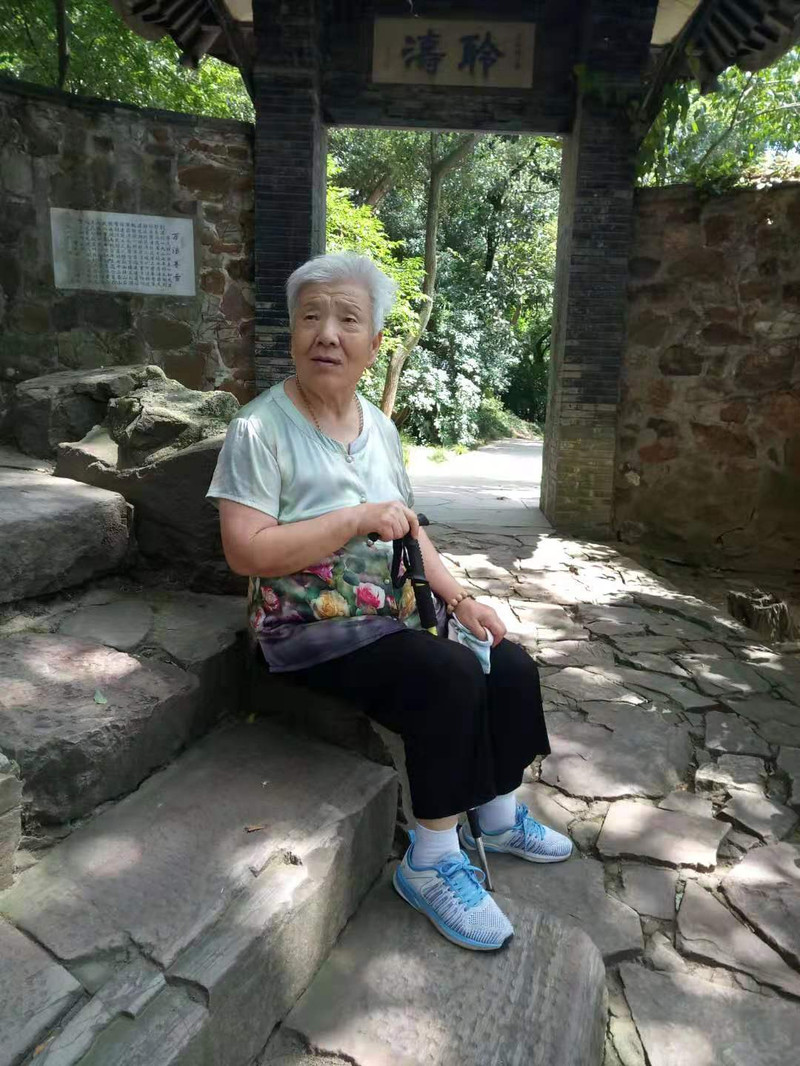






After passing this archway is the bus stop. Take the bus and get off at the place where you get on in the morning. Walking out of the scenic area, took a car back to the hotel to rest.
Go to the city at night and visit Nanchang Street. If you have nothing to do, you will have a round-trip bus, 26 stops one way, and each person will coin in 2 yuan.
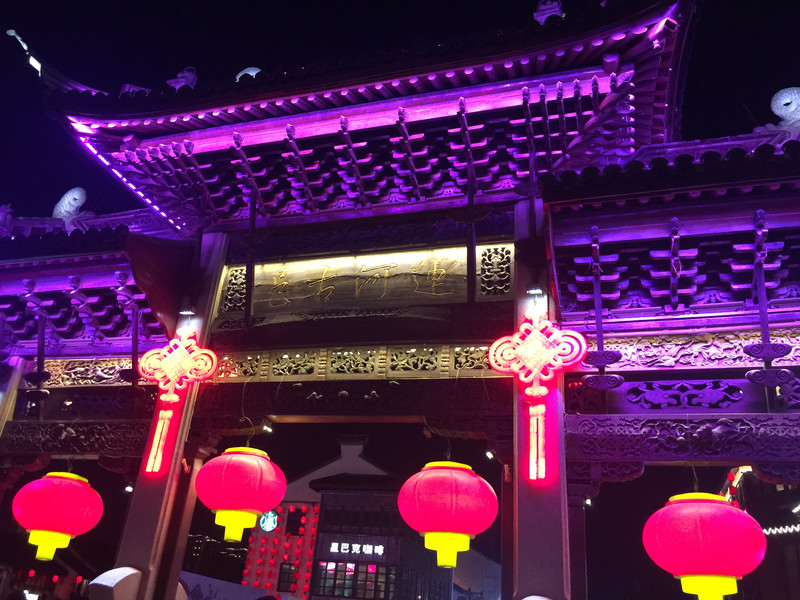

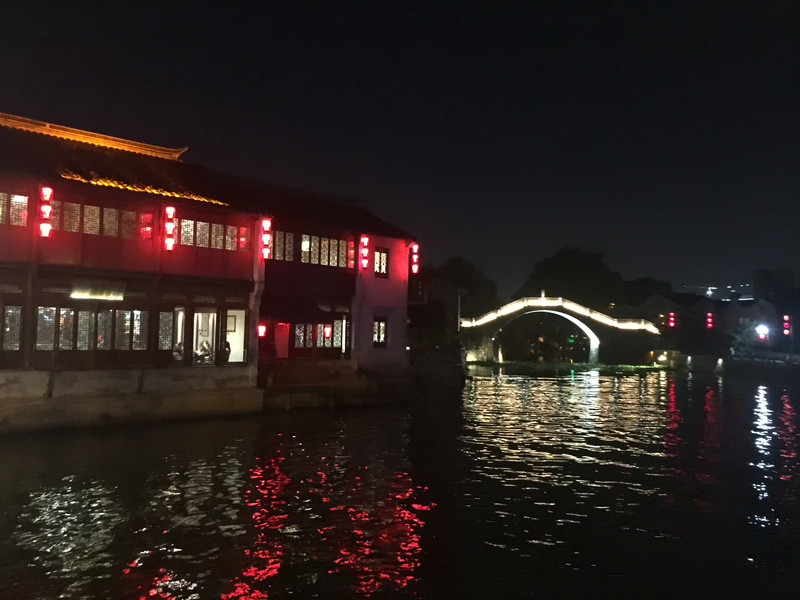

Day8: Jiangnan University, taking the high-speed train home
After breakfast, go downstairs, go opposite the hotel, and visit the Jiangnan University campus.








I dropped a bus to the high-speed rail station at noon, 80 yuan. In the waiting room, we turned to the local specialty store and took the high-speed train back in the afternoon.


End the pleasant journey.
Previous Article:There were fireworks in ancient times in Yangzhou in March, but now I drive myself to Wuxi Taizhou to chase flowers
Next Article:After sleeping in this state guesthouse, it will be difficult to choose a hotel in the future...
